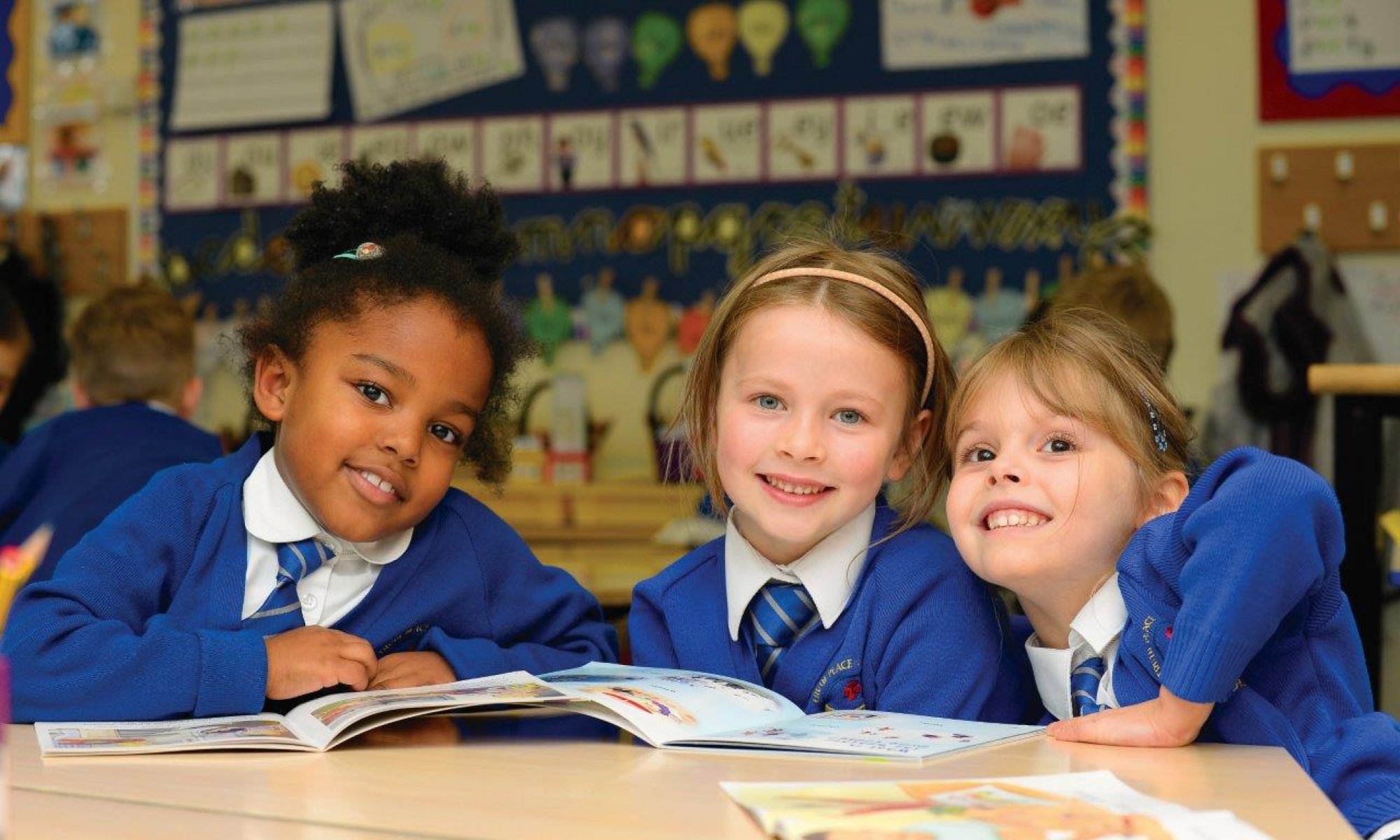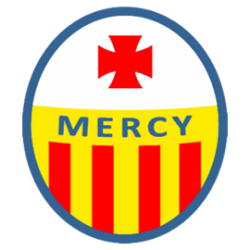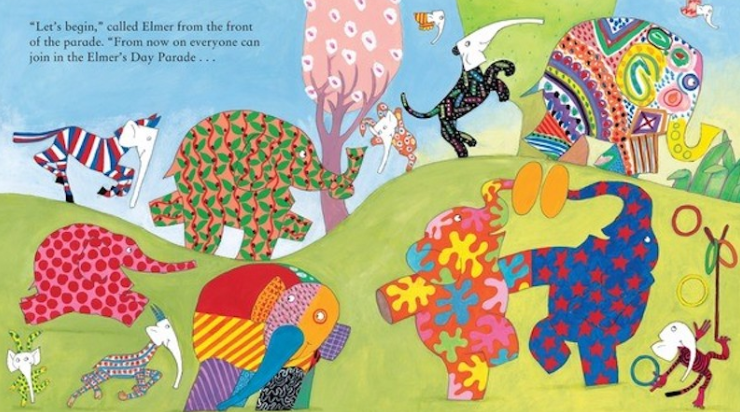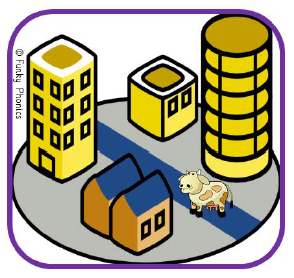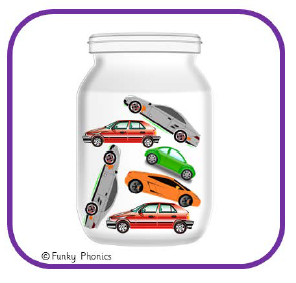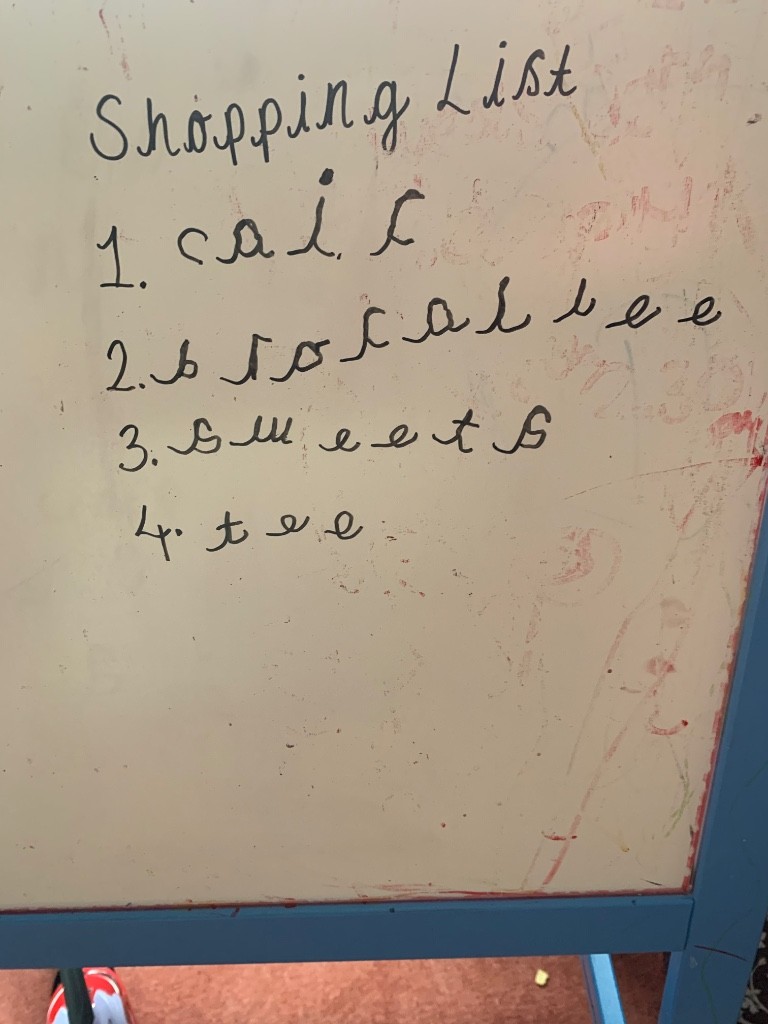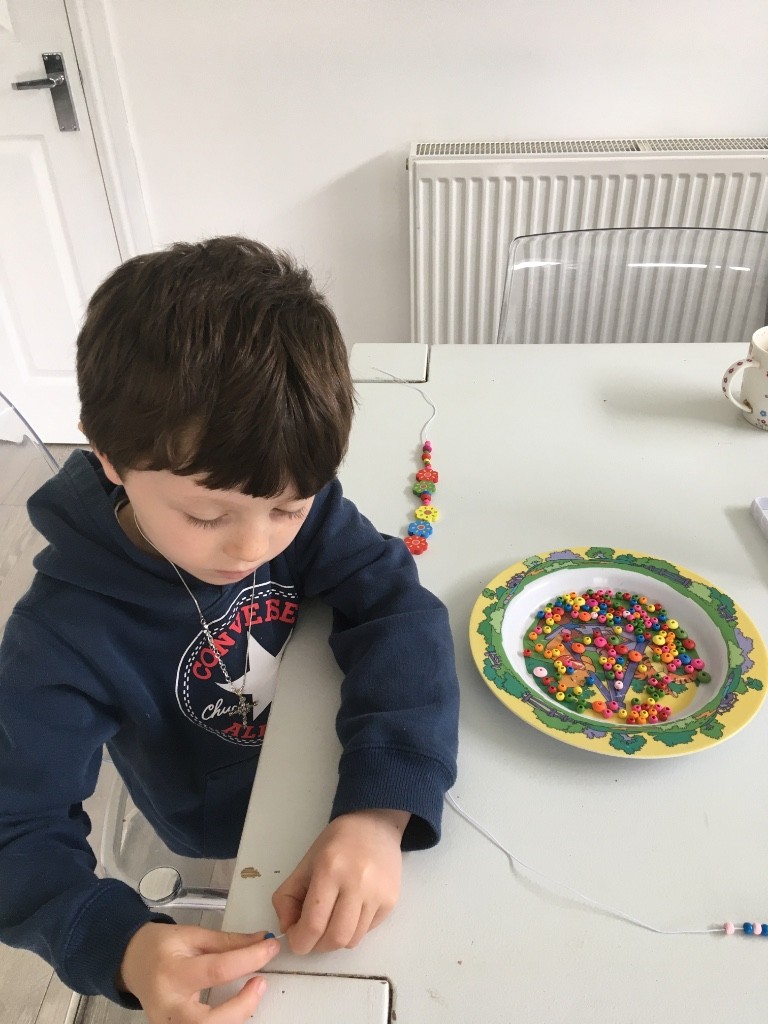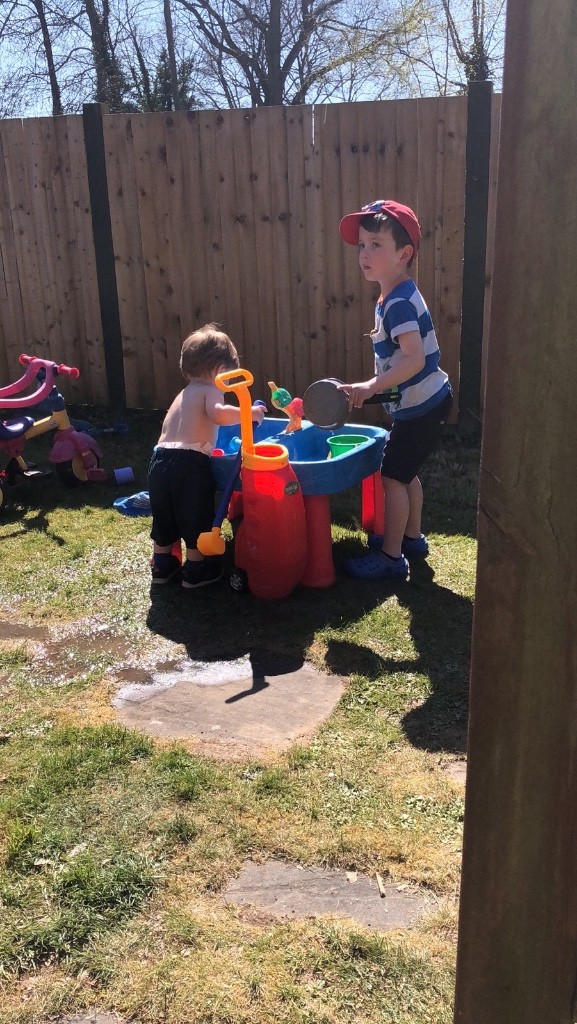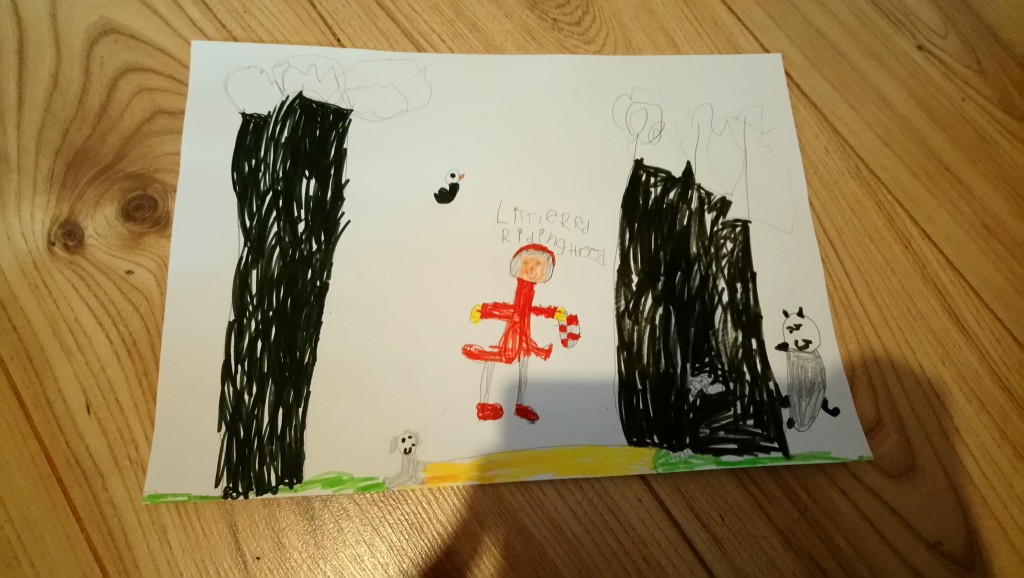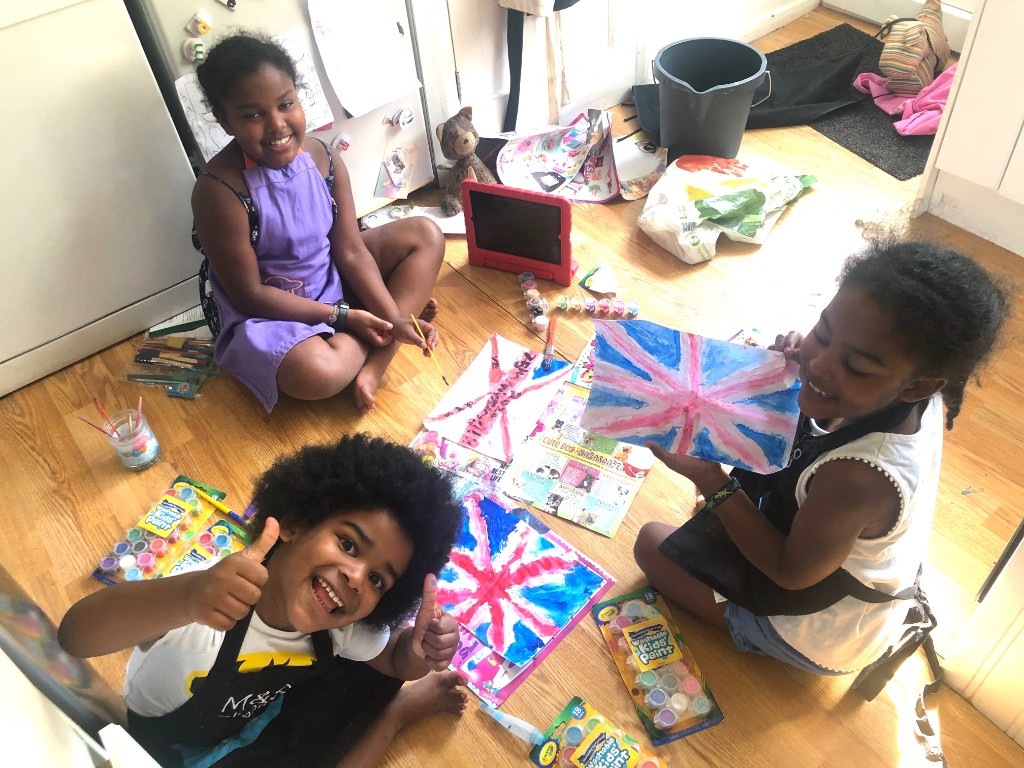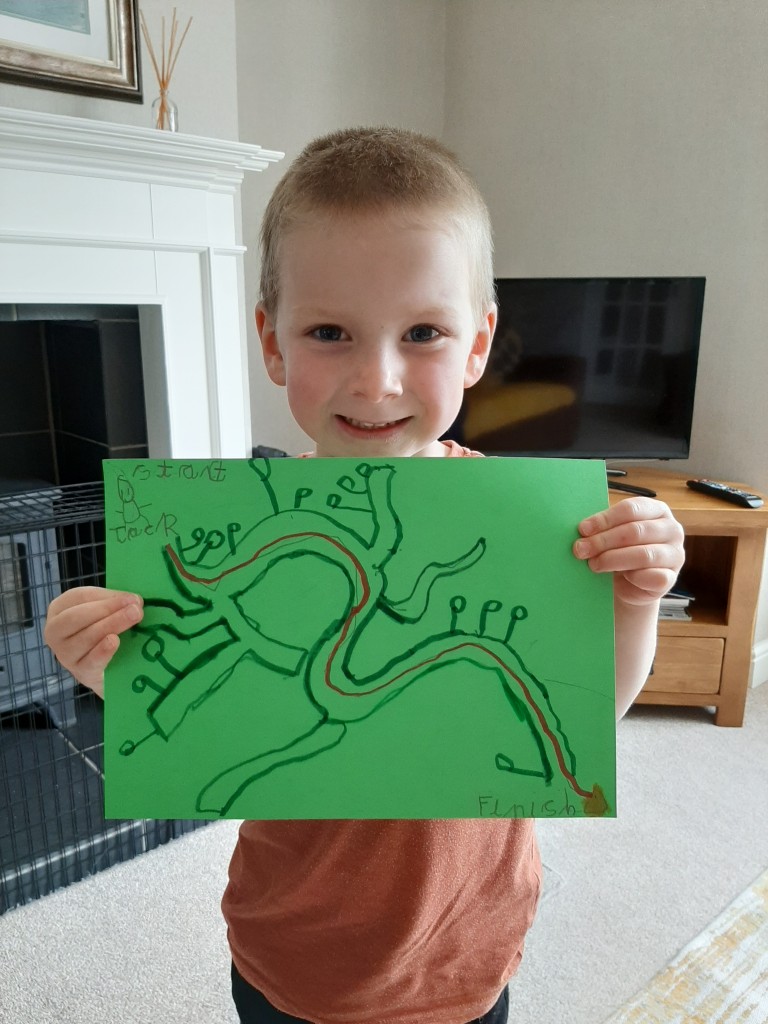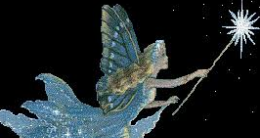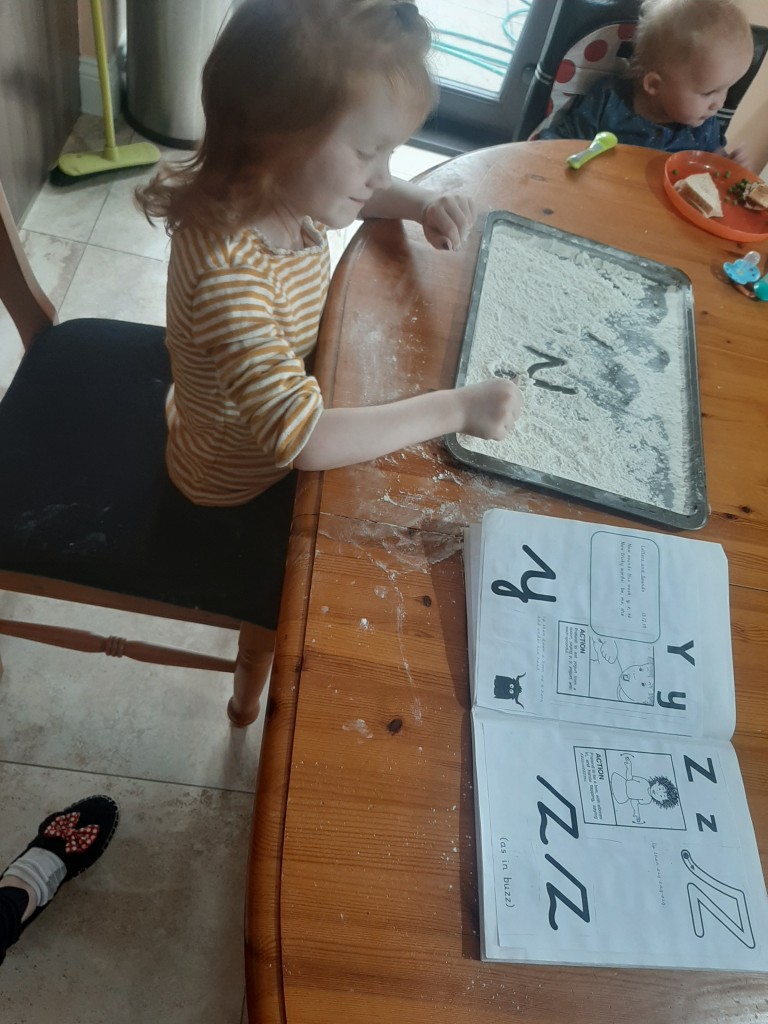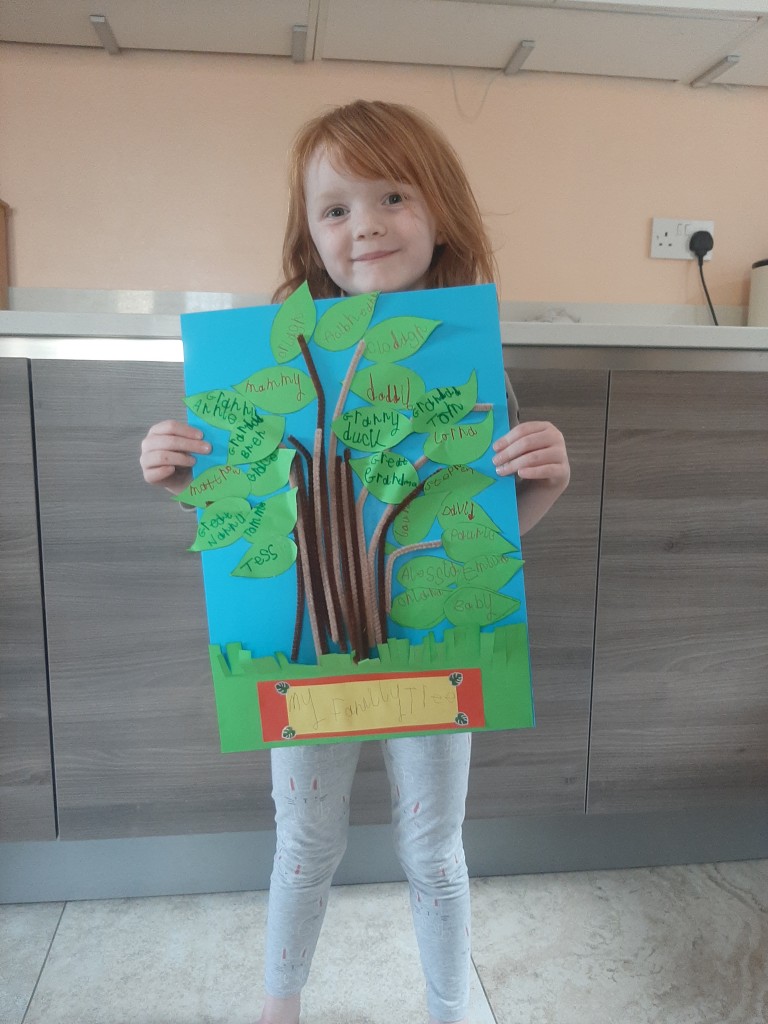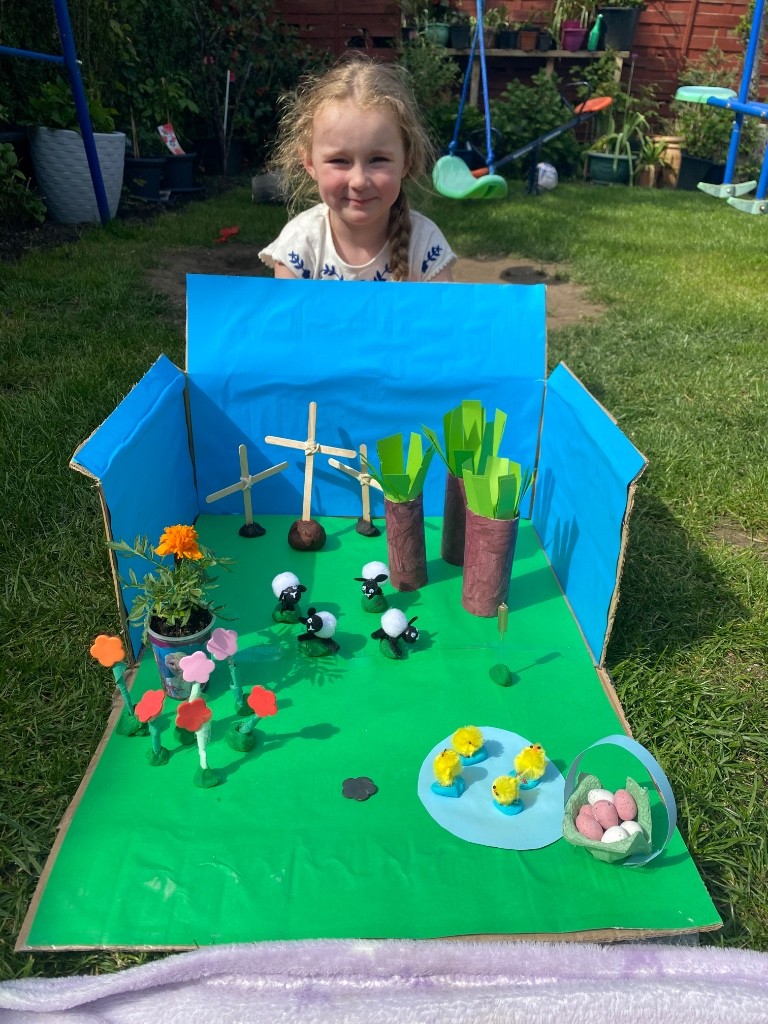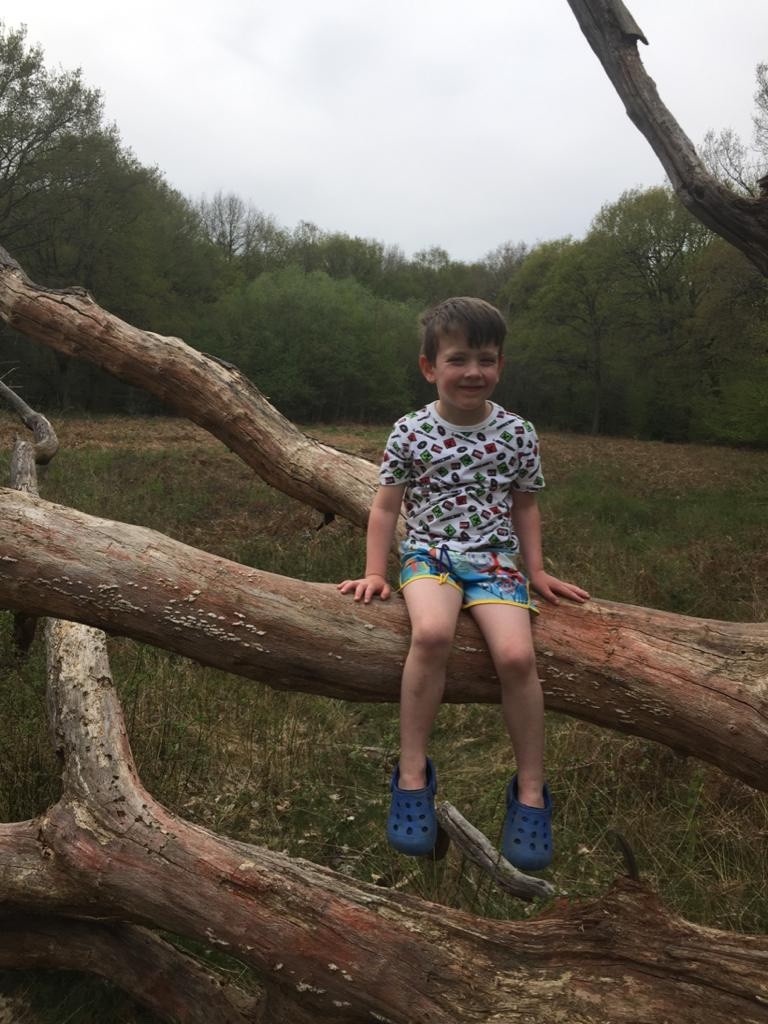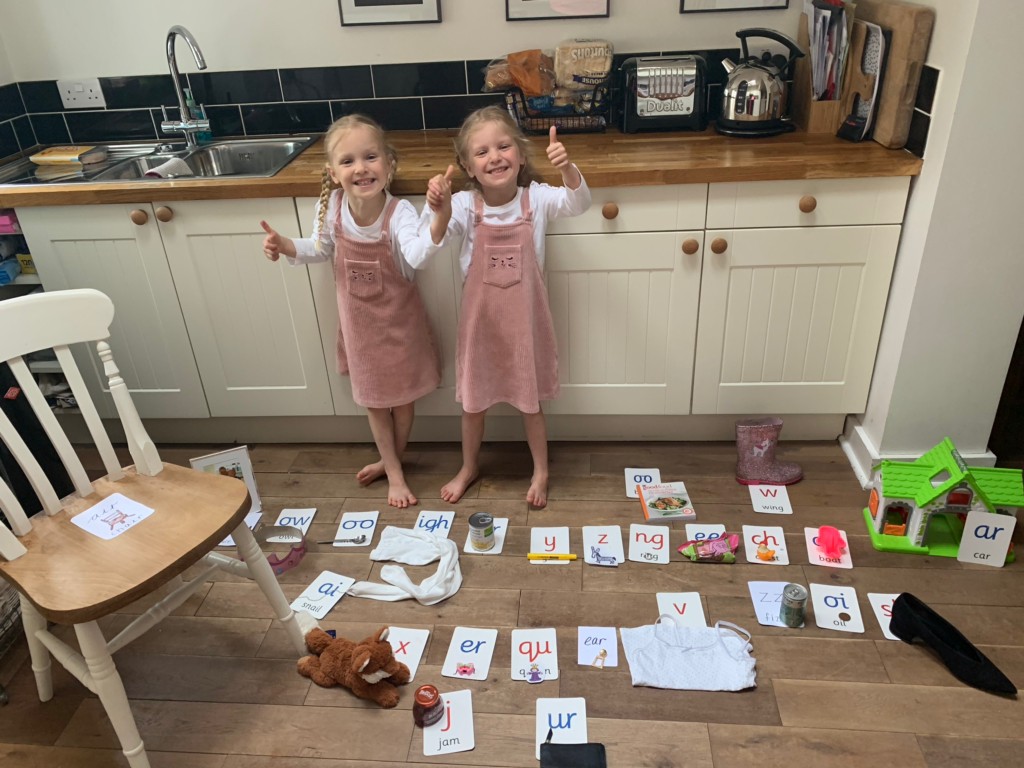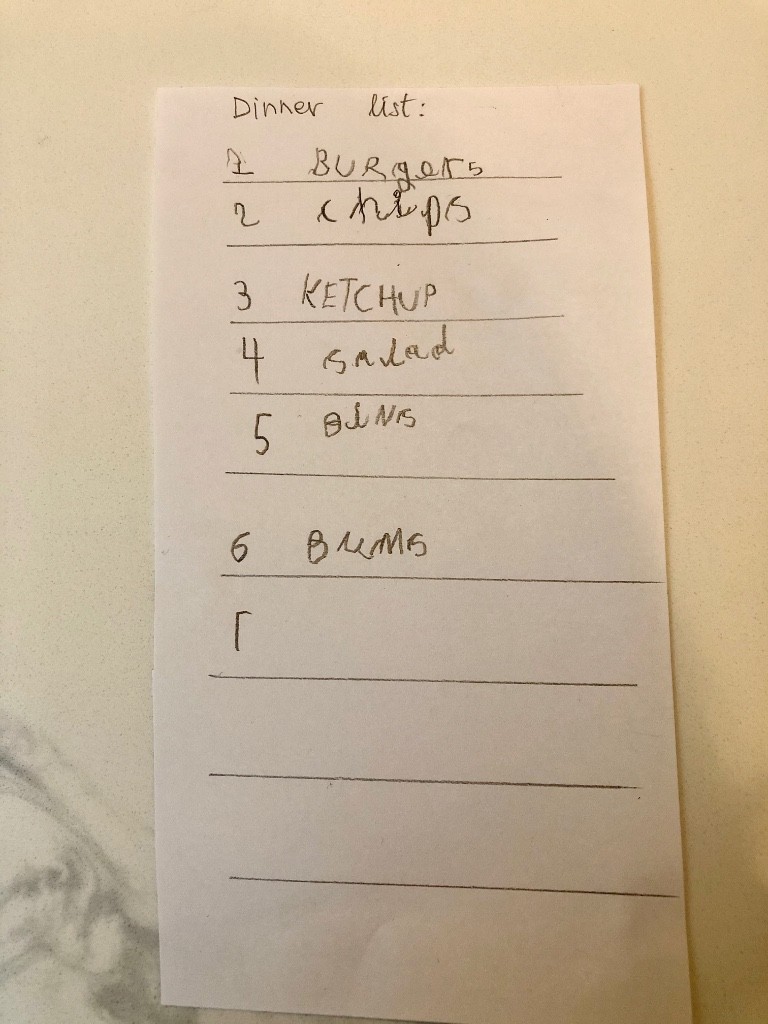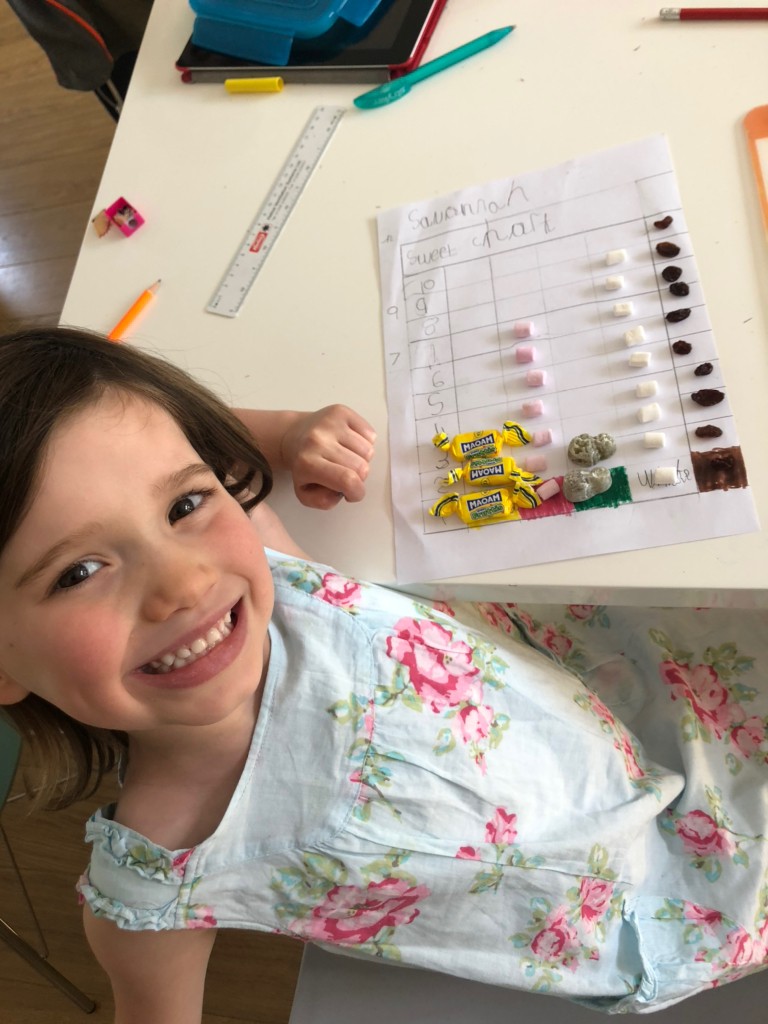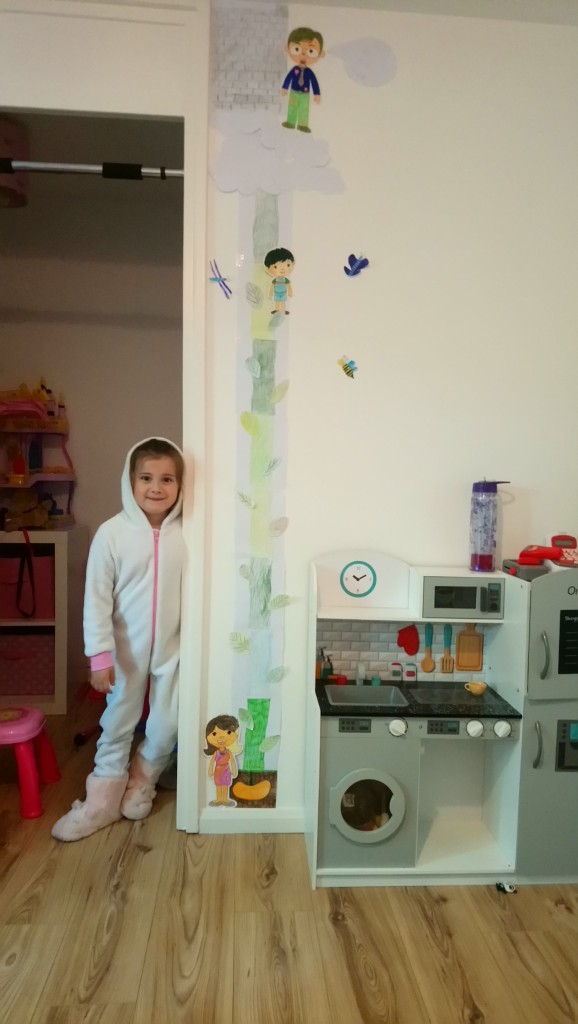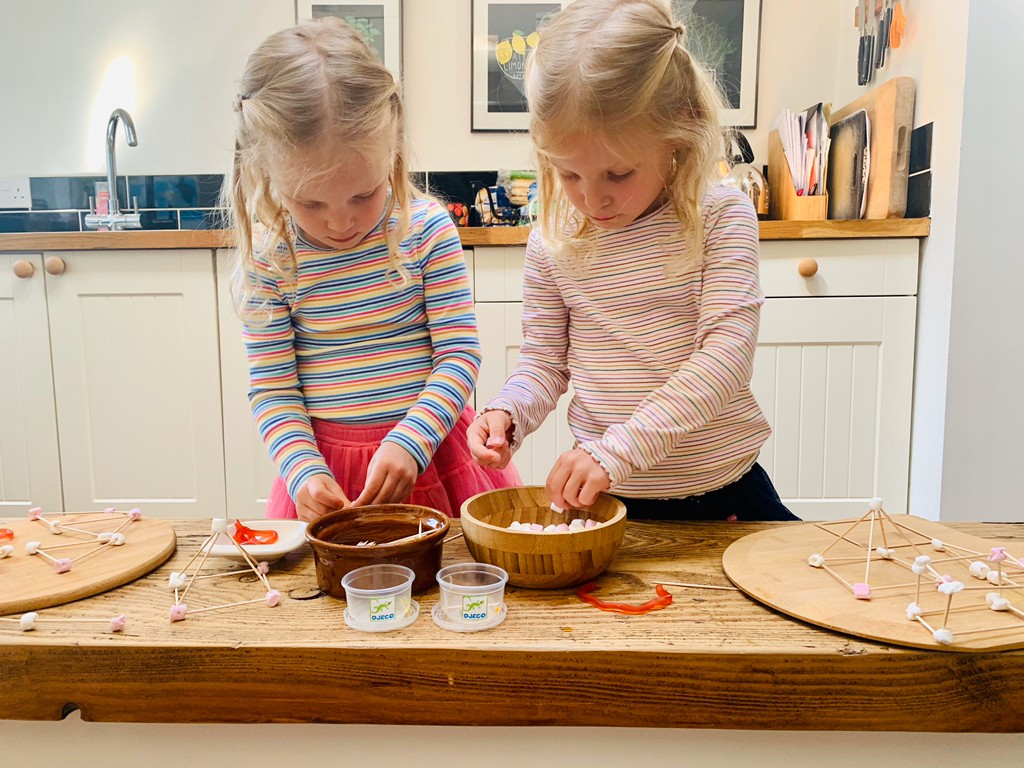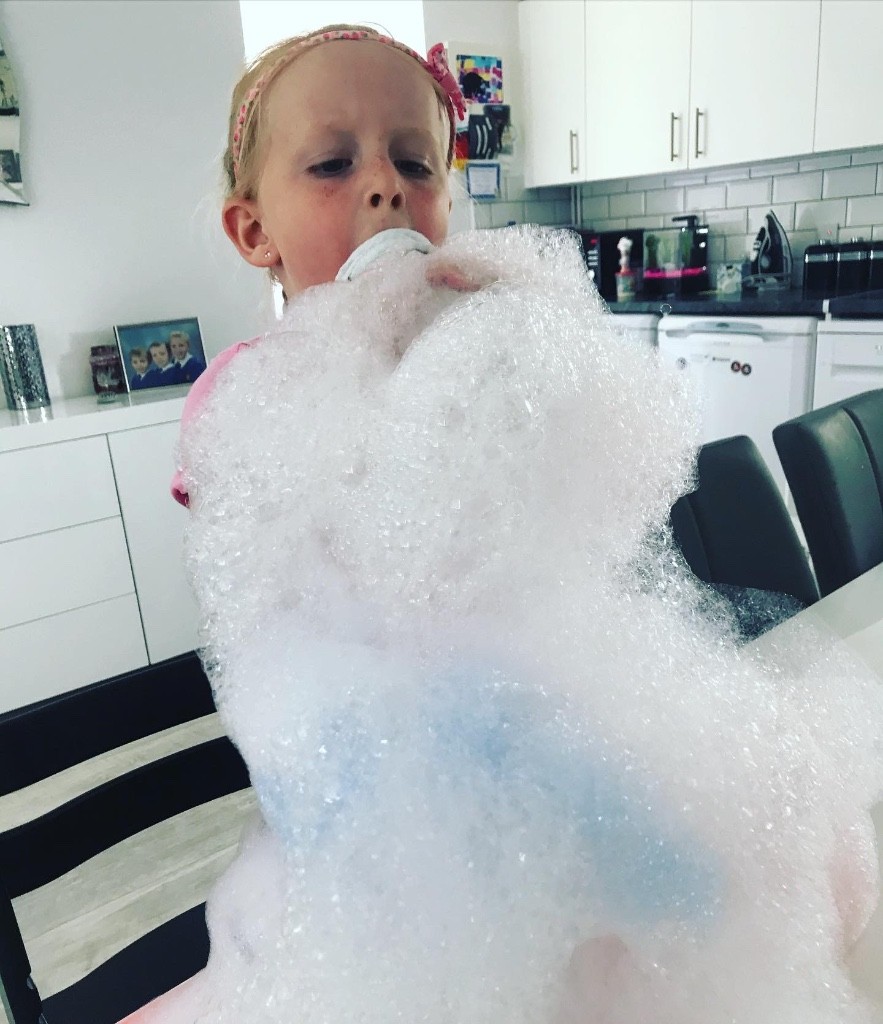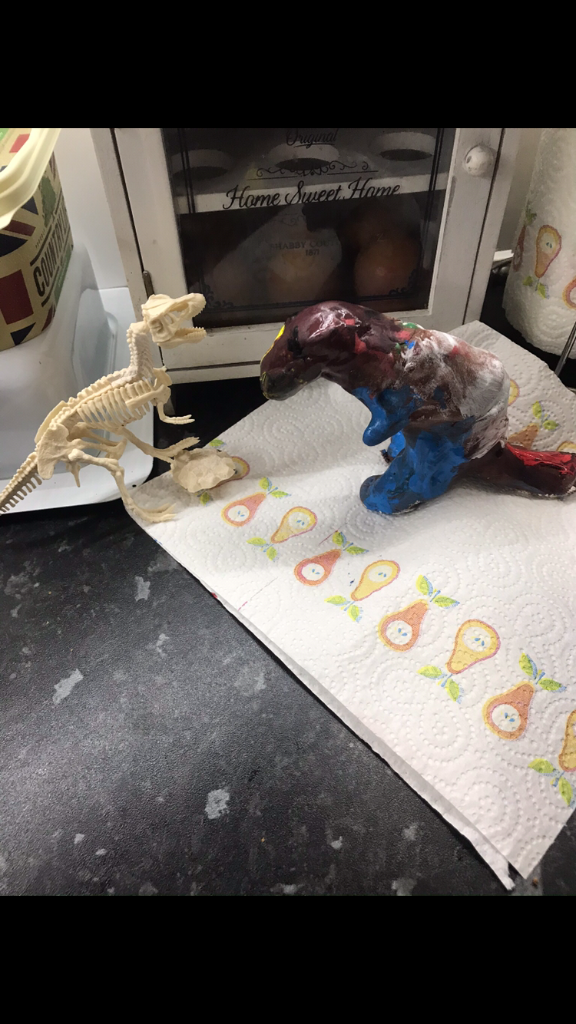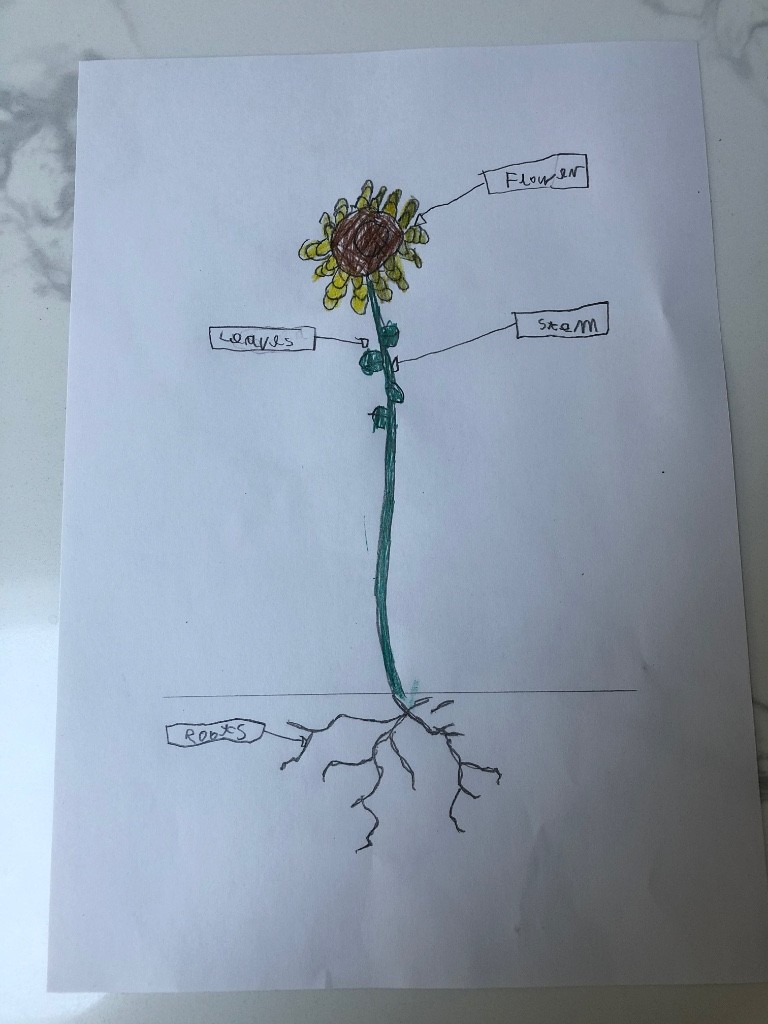Good morning everyone,
I hope you enjoy the suggestions for our home learning today.
Communication and Language/Literacy
Exploring the story of Elmer the Patchwork Elephant
Discussing the story
Suggested questions to ask after listening to the story again:
- Why didn’t Elmer want to be different?
- Why is it OK to be different from other people?
- How can we celebrate our differences like the elephants do on Elmer Day?
- An old elephant says to Elmer “It didn’t take you long to show your true colours”. Discuss what this expression means?
- What is a berry tree?
- Look at the decorated elephants on Elmer Day.
- Which is your child’s favourite?
- Can your child explain why?
- Can your child describe one of the elephants to a family member who has to guess which one you are thinking of?
Letters and Sounds/Literacy
Write a sentence to match the picture
Below are some pictures to show your child. Ask your child to write a sentence to match the pictures.
- A snail in the rain
- A zoo on the moon
- A cow in the town
- Stars on a jar.
Maths
Create a pattern
I have posted some Elmer colouring sheets on the Memo section of Tapestry. If you have access to a printer, ask your child to colour a pattern on a picture of Elmer. In class, we talked a lot about how patterns must be repeating. This is a basic mathematical rule. When children make patterns they are learning about applying a rule. For example, your child may colour the squares in red, blue, red, blue. For extra challenge, maybe your child could colour the two squares red, two squares blue or include a third colour.
If you do not have a printer, maybe draw a picture of Elmer for your child or just challenge your child to colour a pattern on an alternative picture.
Understanding the World
What do you know about elephants?

Find out some facts about real elephants with your child? You could find out where they live, what they eat or what baby elephants are called.
Can your child tell another family member what they found out?
During lock down we have mainly be seeing the inside of our homes, it is nice to remember that the world is still out there and the animal kingdom, in particular, is still going about its daily business.
Travel around the world by clicking on the link below to watch animals in their natural habitat. Your child can watch to see how our beautiful planet is doing while we wait patiently to re-join it. If you look on the ‘African’ section, you might see some elephants. When I had a look, the elephants were busy drinking and bathing at the watering hole.
Enjoy your day.
Nicola Palmer
